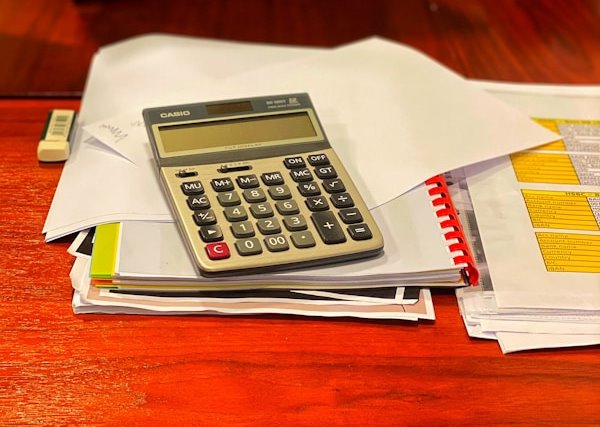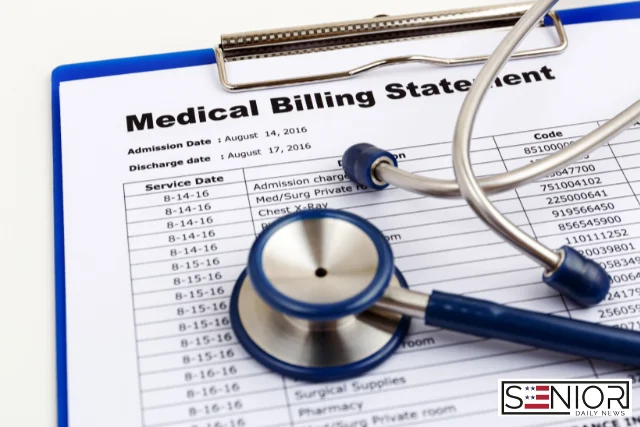How to Build Your Own Personal Balance Sheet Without a Finance Degree

You don’t need to be a financial whiz or have an MBA to get a handle on your finances. In fact, creating a personal balance sheet is simpler than you might think. All it takes is some time, organization, and basic math.
At its core, a personal balance sheet helps you determine your net worth—a powerful number that can guide your financial decisions for years to come.
What Is a Personal Balance Sheet?
A personal balance sheet is a snapshot of your financial health. It shows:
- What you own (your assets), and
- What you owe (your liabilities)
The difference between the two is your net worth:
Net Worth = Assets – Liabilities
This number matters. It’s a key indicator of your financial stability and can help you plan for major life goals—whether it’s retiring early, buying a home, or even expanding your pet care side hustle.
Why It’s Important to Track Your Net Worth
Updating your personal balance sheet once a year can reveal surprising trends. Maybe you’re spending more than you thought, or perhaps your investments are doing better than expected. Keeping tabs regularly ensures you’re headed in the right direction.
Types of Assets You Should Include
Let’s explore what typically goes on the “what you own” side of your balance sheet.
1. Liquid or Current Assets
These are your most accessible assets—things you can quickly turn into cash, usually within a year.
Examples:
- Checking and savings accounts
- Certificates of deposit (CDs)
- Emergency funds
2. Investments (Non-Retirement)
These assets are meant to grow over time and ideally generate income or capital gains.
Examples:
- Stocks
- Bonds
- Mutual funds
💡 Note: Keep retirement investments like 401(k)s or IRAs in their own category.
3. Retirement Accounts
These accounts are set aside for life after work and often come with tax advantages.
Examples:
- 401(k)
- Traditional or Roth IRA
- Pension plans
- ESOPs (Employee Stock Ownership Plans)
4. Real Estate
Include your primary residence, any vacation homes, or rental properties. Websites like Zillow.com can give a general idea of property value, but be cautious—Zillow’s estimate might not reflect true market value, especially if the property is in a niche or rural area.
5. Business Ownership
If you own a business, determining its value can be tricky. Consider working with a financial advisor or accountant to assess the value accurately, especially for a balance sheet.
Next Steps: Put It All Together
Once you list all your assets, tally up any debts or liabilities (like mortgage balances, credit cards, or car loans) and subtract them from your total assets. That’s your net worth.
Keep this record somewhere secure, and revisit it annually. Over time, it will tell a valuable story—your financial progress.
Photo by Masarath Alkhaili on Unsplash






